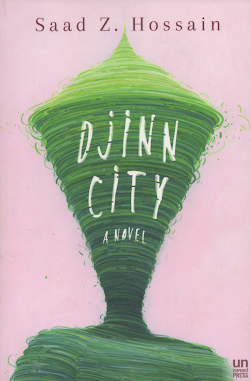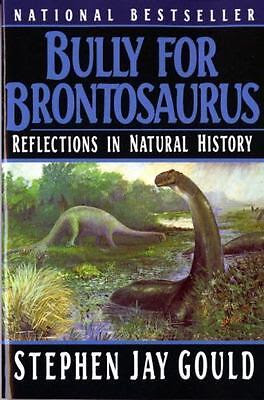First impression review: Djinn City, by Saad Z. Hossain
This is the second book featuring djinn that my husband gave me as a birthday present after seeing me get totally absorbed in the Daevabad Trilogy, and at this point I’m just marveling at how different all of them are – how many different takes on djinn there can be - while still all being really good1. ‘City of Brass’ and its sequels are set almost entirely in the hidden world; while the main character grew up in the human world, the story focuses on the diversity of cultures and people in the djinn world and their internal political conflicts. ‘A Master of Djinn’ is set in the human world – a steam-punk 1912 Cairo – and meet only a handful of djinn, with the story instead focusing on an all-female trio solving magical crimes. This book starts out in modern-day Dhaka, Bangladesh, and ends up following three family members. Indelbed and his drunken father Dr. Kaikobad are the black sheep of the wealthy Khan Rahman family, living in a crumbling mansion in an increasingly run-down neighborhood. One day Kaikobad falls into a mysterious coma, and Indelbed and his older slacker cousin Rais learn that Indelbed’s mother was a djinn, his father an emissary to the djinn world…and now there are powerful members of that world who are gunning for the boy. Rais’ no-nonsense-to-the-point-of-terrifying mom tries to arrange for Indelbed to be protected, but he ends up getting kidnapped anyway.
1. On one level this shouldn’t be surprising: there are countless variations on vampires, say, and djinn are a broader group of creatures, mythologically speaking. But it IS surprising because often there is a same-ness to stories about a particular mythological creature published within the same “wave” (eg. all the 'Twilight' clones).
This story has a relatively breezy tone, but the humor is definitely of the dark kind, with body horror elements and a lot of morally grey characters. There is a scientific/biological side to the story that I wasn’t expecting and, while I did expect djinn politics, the story also depicts corruption, class divisions, and violence in the human world as well. The djinn as magical beings are cool, but they are also very human, with the same kinds of flaws that we often have…just magnified into extreme eccentricity by their absurdly long lifespans.
Relatively early in the book, the narrative splits. One thread follows Indelbed, who has been dumped in a “murder pit” to be eaten by larval dragons called earth wyrms but ends up becoming an apprentice to an imprisoned djinn mad scientist. (He’s the main character listed on the back, so the fact that he’s not dead isn’t really a spoiler, right?) Another follows Rais, who has spent years wandering around the world not completing various academic degrees in the hopes of getting some glimpse of what this whole djinn thing is about, before eventually becoming an emissary himself. In the process, he learns of some alarming plans Indelbed’s djinn uncle has for humanity - plans that require invoking the need for “living space” and preserving “blood purity” (always a yikes). The final thread follows the mind of Kaikobad which, having become detached from his body, is watching history that no one wants to talk about but which is key to the conflicts currently going on. The threads are just about to weave back together when the book abruptly ends, so I’m guessing there is supposed to be a sequel. Fingers crossed that that actually happens!
The author uses chromosome numbers to explain patterns observed in djinn-human interbreeding in a way that is fairly reasonable from a scientific standpoint2. I have mixed feelings about the mad scientist character – more than one is supposed to, I think. The intended ambiguity is that he has ideas about djinn evolution (as opposed to creation) that are correct and useful for the species’ coexistence, but he’s quite amoral and untrustworthy. And while those latter characteristics make for an interesting character, it leans a bit into that tired “scientists only care about their research” trope, especially when paired with the human scientist character who is a weirdo who can’t talk to women. Speaking of which, I also wish this story had had more and more varied female characters. Kind of like a Tolkien story, the ones that exist are pretty cool…but there are only three in the whole cast, and they are all of the “disrespect me and I will stab you in the eye/ruin you in the courts/set you on fire” variety. I liked them all, mind you; it is just a bit weird when all the members of a particular group are given the same personality type!
2. Though I’m not sure about the claim that some insects can produce both haploid and diploid sperm (from the same individual). I asked my husband about this – since he studied insect evolution – and he’d never heard of it. Some insects do have haplodiploid sex determination, where males have half the number of chromosomes as females, but that’s not the same thing and any accidentally diploid males tend to be sterile.
Overall recommendation: If you want a hidden-world fantasy with dry, dark humor and elements of horror and sci-fi…give this one a go. I will definitely be interested to see where the story goes.


